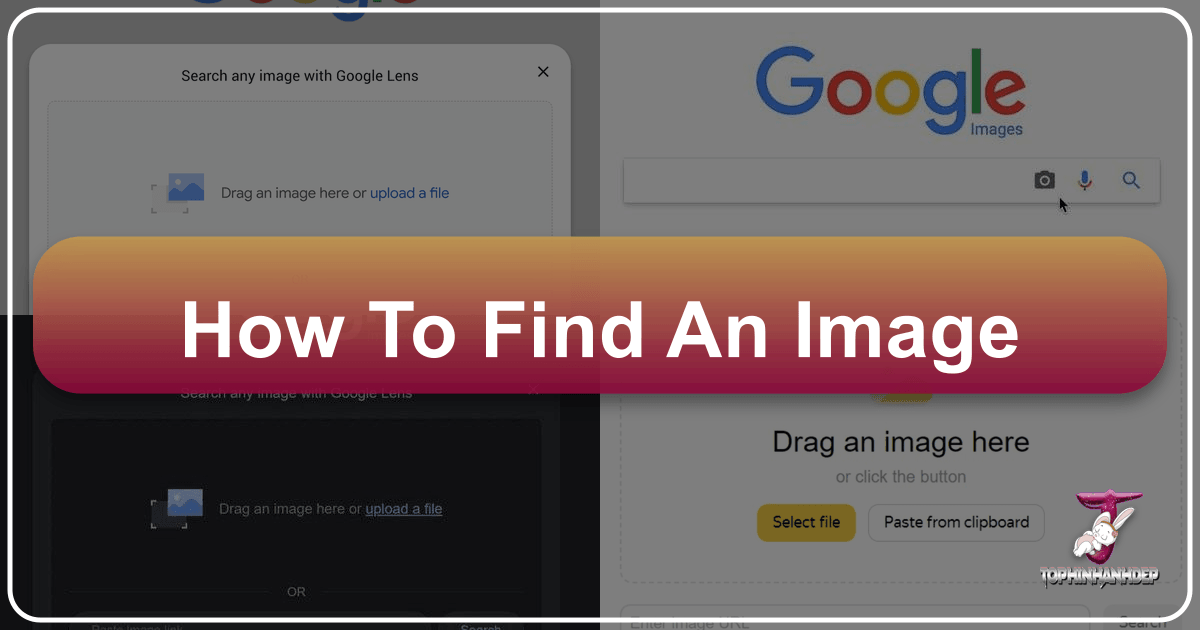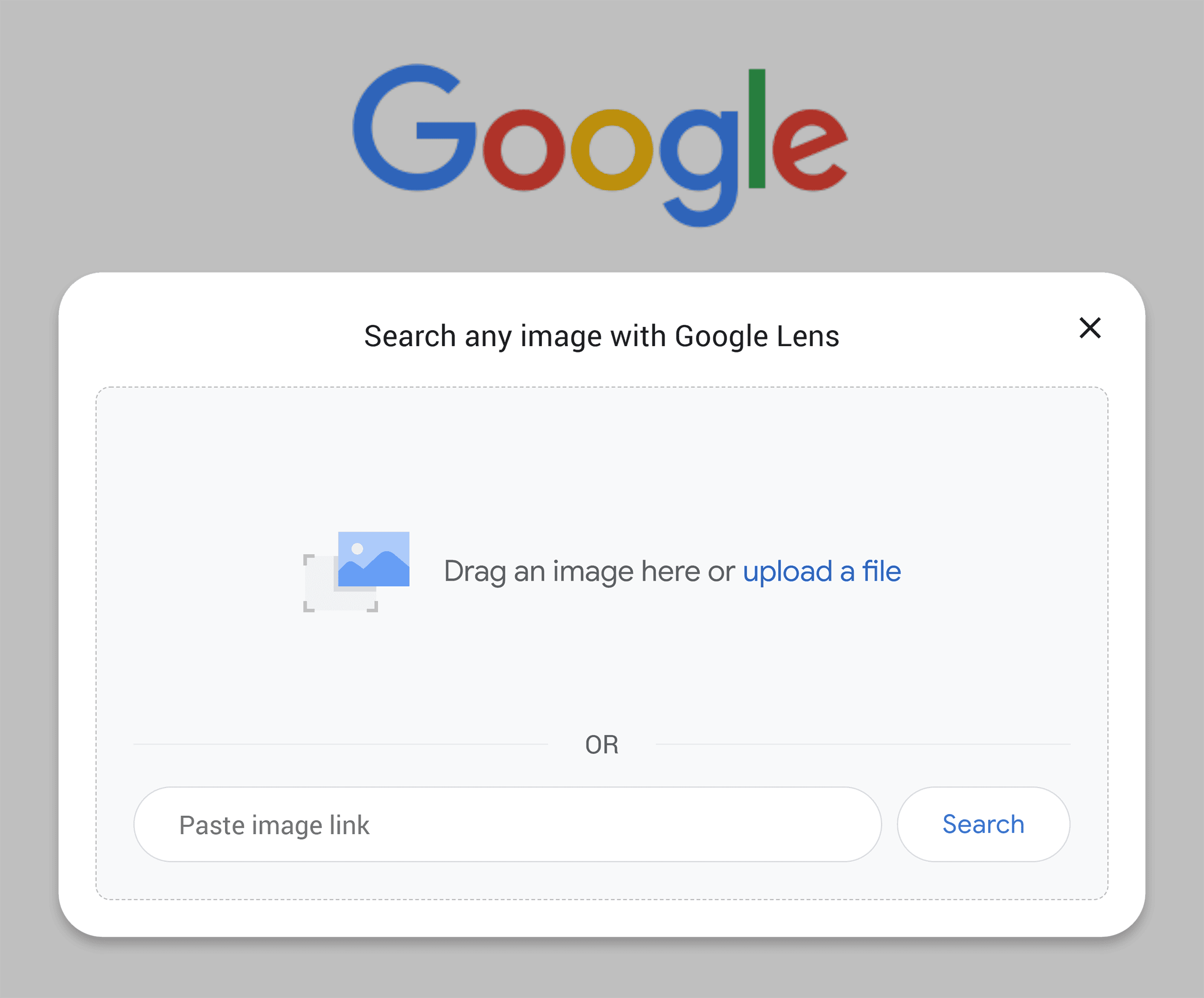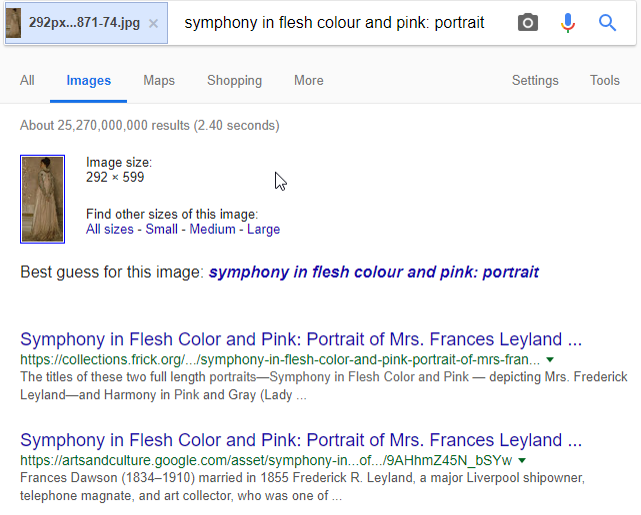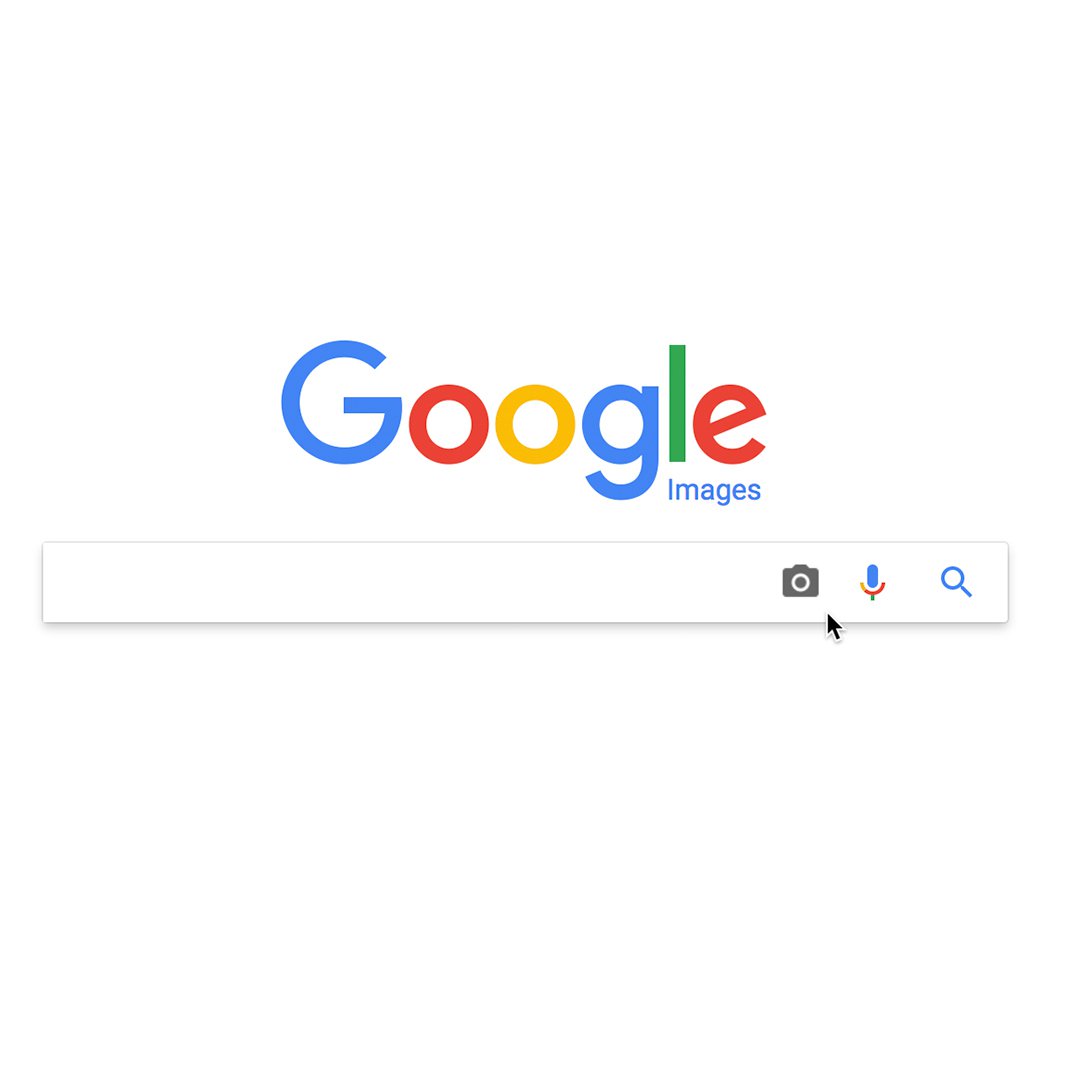How to Find an Image

In today’s visually-driven world, images are more than just embellishments; they are powerful tools for communication, inspiration, and information. From enhancing presentations and enriching blog posts to simply finding the perfect wallpaper for your device, the ability to effectively locate the right image is an invaluable skill. Whether you’re a content creator, a designer, a researcher, or simply someone looking for a specific visual, the digital landscape offers a myriad of ways to uncover exactly what you need.

This comprehensive guide will navigate you through the diverse strategies for finding images online, exploring both traditional keyword-based searches and the advanced capabilities of reverse image lookups. We will also delve into how platforms like Tophinhanhdep.com, with its rich collections of Wallpapers, Backgrounds, Aesthetic, Nature, Abstract, Sad/Emotional, and Beautiful Photography, along with its Image Tools and Visual Design resources, can significantly enhance your image discovery and utilization process. Finally, we’ll cover essential ethical considerations to ensure your image searching practices are responsible and respectful.
Traditional Keyword-Based Image Search

The most common and intuitive method for finding images online involves typing descriptive keywords into a search engine. This approach harnesses the vast indexing capabilities of search engines to match your textual queries with relevant visual content.
Leveraging General Search Engines for Visuals
General search engines like Google, Bing, and DuckDuckGo are excellent starting points for a keyword-based image search. The key to success here lies in crafting precise and descriptive search terms.
Basic Keyword Searches: Begin by typing the most relevant words related to the image you’re seeking. For instance, if you’re looking for a scenic view, you might start with “nature photography” or “landscape background.” For something more specific, try “abstract art blue and gold” or “minimalist aesthetic wallpaper.” The more specific your keywords, the more refined your results will be.

Refining Your Search with Specific Terms: To narrow down your results and find truly high-resolution images, consider adding modifiers to your search.
- Resolution: Add terms like “high resolution,” “4K,” “HD,” “vector,” or “stock photos” to find professional-grade images. For example, “nature photography high resolution” will yield much sharper results. Platforms like Tophinhanhdep.com specialize in providing High Resolution images, making it a go-to for quality.
- Color: Specify colors to match your aesthetic. “Blue abstract background” will filter out other color palettes.
- Style/Genre: Use terms like “aesthetic,” “vintage,” “modern,” “digital art,” “illustration,” or “beautiful photography.” If you’re looking for something emotionally resonant, “sad emotional wallpaper” might be your starting point. Tophinhanhdep.com’s categories like Aesthetic, Nature, Abstract, Sad/Emotional, and Beautiful Photography directly cater to these stylistic needs.
- Subject Matter: Be detailed about the subject. Instead of just “car,” try “vintage red sports car” or “electric car concept art.”
Using Search Engine Filters: Most image search engines provide filters to further refine your results:
- Size: Filter by large, medium, icon, or exact size to ensure the image meets your project’s dimensions.
- Color: Select dominant colors to match your design palette.
- Type: Choose between photos, clip art, line drawings, or GIFs. This is particularly useful for Graphic Design projects.
- Usage Rights: Crucially, always filter by “Creative Commons licenses” or similar options to find images you are legally allowed to use, especially if your project is commercial. This is a vital step for any responsible creator.
Exploring Social Media Platforms for Specific Images
Social media platforms have become vast repositories of personal and professional photography, making them excellent, albeit sometimes challenging, places to find images of specific individuals or niche content.
Searching on Facebook and Instagram: If you’re looking for photographs of a friend, acquaintance, or even public figures, social media is often the first place to look.
- Facebook: Use the main search bar to type in the person’s name. If the name is common, you might need to use the “Friends Search” function, which allows you to add more details like their occupation, hometown, high school, or university. Once you find their profile, navigate to the “Photos” section. Be mindful of privacy settings; you’ll only see public photos or those shared with you.
- Instagram: Tap the “search” icon (magnifying glass) and type in the person’s name or a relevant hashtag. Instagram’s search is less granular than Facebook’s, often requiring more precise initial inputs. Again, you’ll only be able to view photos from public accounts or those you follow (and who have accepted your request).
Ethical Considerations for Social Media Searches: It is imperative to approach social media searches with a strong ethical compass. While these platforms can help you find publicly available images, it is never acceptable to use technology to access private photos, or to stalk or harass individuals. Always respect privacy boundaries and terms of service.
The Power of Reverse Image Search
Beyond keyword queries, reverse image search offers a revolutionary way to find images. Instead of using text to find visuals, you use an image itself as the query to discover its origin, similar pictures, or related information. This technique is incredibly versatile, serving a multitude of purposes from verifying sources to finding products.
Understanding Reverse Image Search and Its Applications
A reverse image search works by analyzing the visual elements of an uploaded or linked image—such as colors, shapes, patterns, and embedded metadata—and comparing them against a vast database of indexed images. The search engine then returns results that are visually similar or identical to your query.
What You Can Discover:
- Identify the Original Source: One of the primary uses is to find out where an image first appeared online. This is crucial for verifying information, attributing credit, and preventing copyright infringement. For graphic designers and digital artists, knowing the original source helps avoid using plagiarized content.
- Find Similar Images: Discover other versions of an image, including cropped, uncropped, or edited variations. This is excellent for finding diverse perspectives or alternatives for Photo Manipulation and Creative Ideas.
- Locate Higher Resolution Versions: Often, you might find a low-quality image that you love. A reverse image search can help you find the same image in High Resolution, perfect for Wallpapers or professional Digital Photography projects.
- Identify Objects and Products: Upload a photo of an item you want to buy, and the search engine can identify the product and provide shopping links. This is fantastic for finding specific products or cheaper alternatives.
- Verify Information and Detect Fakes: By finding other instances of an image, you can check if it’s been manipulated or used in a misleading context. This is a vital tool for journalists and fact-checkers.
- Extract Text from Images: Some advanced reverse image tools, particularly Google Lens, can perform Image-to-Text conversion, allowing you to copy text from an image.
Platforms for Reverse Image Search:
- Google Images / Google Lens: The most widely used and feature-rich option. Google Lens, integrated into Google Images and the Google mobile app, allows for more precise object identification within an image.
- TinEye: Known for its efficiency in finding the exact origin of an image, especially older ones. It uses unique image identification technology.
- Bing Visual Search: Microsoft’s offering provides similar functionality to Google, often yielding different results due to distinct indexing algorithms.
- Yandex Image Search: Particularly strong for facial recognition and finding images with specific resolutions, offering unique filtering options.
Step-by-Step Guide to Performing a Reverse Image Search
Performing a reverse image search is straightforward across most platforms, though the exact steps might vary slightly.
On Desktop Computers (Using Google Images/Lens):
- Go to Google Images: Open your web browser and navigate to
https://images.google.com. - Click the Camera Icon: You’ll see a small camera icon in the search bar. Click it to open the Google Lens interface.
- Choose Your Method:
- Drag and Drop: If the image is saved on your computer, simply drag the image file from your desktop or a folder and drop it into the “Drag an image here” box.
- Upload a File: Click the “Upload a file” button to browse your computer and select the image.
- Paste Image Link: If the image is already online, right-click it (or long-press on mobile) to “Copy image address” or “Copy image URL,” then paste that link into the “Paste image link” field.
- View Results: Google will automatically initiate the search. The results panel on the right (or a new tab) will display visually similar images, identified objects, shopping links (if applicable), and potentially the image source. Look for “Find image source” to trace its origin.
On Mobile Devices (Using Google App or Chrome):
- Using the Google App:
- Open the Google app on your Android or iOS device.
- Tap the camera icon in the search bar (Google Lens icon).
- From Camera: Tap “Search with your camera” and point your camera at an object or image you want to search.
- From Gallery: Tap the image icon to select a photo from your phone’s gallery.
- You can often crop the selection to focus on a specific part of the image, like a shirt or a plant, to get more precise results.
- Using Google Chrome (Mobile Browser):
- Open Chrome and navigate to a webpage containing the image.
- Long-press the image: Hold your finger down on the image until a pop-up menu appears.
- Select “Search Image with Google Lens” (Android) or “Search Google for This Image” (iPhone/iPad): This will take you to the search results page, showing similar images and related information.
Tips for Effective Reverse Image Searches:
- High-Quality Images: Always use the highest resolution and clearest image possible. Pixelated or blurry images make it difficult for algorithms to identify the main subject, leading to irrelevant results. This is where Tophinhanhdep.com’s focus on High Resolution photography truly shines, providing optimal starting points for any reverse search.
- Crop and Focus: If your image contains multiple elements, crop it to focus on the specific object or subject you want to search for. For example, if a photo includes a person and a distinctive building, but you only care about the building, crop the person out.
- Try Multiple Engines: If one search engine doesn’t yield satisfactory results, try another. Each platform uses different algorithms and has varying databases, so results can differ.
- Utilize Filters: After an initial reverse search, leverage any available filters (like “related keywords” or “resolution” in Yandex) to narrow down results further.
Enhancing Your Image Discovery with Tophinhanhdep.com Categories
Tophinhanhdep.com is designed to be a comprehensive resource for all your visual needs, offering both a vast library of images and practical tools to manage them. Integrating the platform’s offerings into your image search strategy can dramatically improve the quality and utility of the visuals you find.
Curated Collections for Every Need
Tophinhanhdep.com’s extensive categories provide a tailored experience for finding specific types of images, ensuring you spend less time searching and more time creating.
- Images: Whether you’re decorating your digital space or looking for artistic inspiration, Tophinhanhdep.com offers:
- Wallpapers & Backgrounds: A diverse collection to personalize your devices or serve as stunning backdrops for presentations.
- Aesthetic: Images curated for their visual appeal, mood, and artistic quality, perfect for Mood Boards and Creative Ideas.
- Nature & Abstract: High-quality imagery capturing the beauty of the natural world or the intriguing complexity of abstract designs.
- Sad/Emotional: A collection of photos that convey specific feelings, ideal for thematic projects or personal expression.
- Beautiful Photography: A highlight of the platform, featuring exceptionally captured moments and scenes that inspire and captivate, often in High Resolution suitable for Stock Photos.
- Photography: This category emphasizes the technical and artistic aspects of image creation:
- High Resolution: Ensuring every image meets professional standards for clarity and detail.
- Stock Photos: Providing readily available, high-quality images for commercial or personal use, without the need for extensive search.
- Digital Photography & Editing Styles: Showcasing various photographic genres and post-processing techniques, offering inspiration and examples for your own Photo Ideas.
- Image Inspiration & Collections: Beyond individual images, Tophinhanhdep.com helps you cultivate broader visual themes:
- Photo Ideas: A continuous source of creative prompts and concepts for photographers and designers.
- Mood Boards: Curated collections that help establish a visual direction for projects, utilizing images across various themes.
- Thematic Collections & Trending Styles: Keeping you abreast of current visual trends and organized collections around popular themes.
Utilizing Advanced Tools for Image Optimization and Manipulation
Finding the perfect image is only half the battle; ensuring it’s optimized for your specific use is equally important. Tophinhanhdep.com provides a suite of Image Tools to streamline this process.
- Converters: Easily change image formats (e.g., JPG to PNG, WebP) to suit platform requirements or design needs.
- Compressors & Optimizers: Reduce file sizes without compromising visual quality, essential for faster loading times on websites and efficient storage. This is particularly important for Digital Photography intended for web use.
- AI Upscalers: Found a low-resolution image through a general search or reverse lookup? Tophinhanhdep.com’s AI Upscalers can intelligently enhance its resolution, making it suitable for larger displays or print, a true game-changer for working with found images.
- Image-to-Text: Leverage this tool to extract text from images you find, which can be useful for content creation, data entry, or searching for information embedded in visuals.
- Visual Design: This category is closely intertwined with the tools, enabling you to manipulate and integrate found images into your creative projects:
- Graphic Design & Digital Art: Seamlessly incorporate images into graphic layouts, logos, or digital paintings.
- Photo Manipulation: Learn techniques and find resources to transform images, blending them into new visual narratives.
- Creative Ideas: Discover tutorials and inspiration for using images in innovative ways across various design disciplines.
Ethical Considerations and Best Practices
While the digital age makes finding images incredibly easy, it also places a significant responsibility on the user to ensure ethical and legal compliance.
Respecting Copyright and Usage Rights:
- Assume Copyright: Always assume that any image you find online is copyrighted unless explicitly stated otherwise.
- Check Licenses: Look for clear licensing information. Many platforms offer Creative Commons licenses, which dictate how an image can be used (e.g., attribution required, non-commercial use, no derivatives).
- Stock Photo Services: If in doubt, or for commercial projects, utilize reputable Stock Photos services or platforms like Tophinhanhdep.com that clearly define usage rights for their High Resolution imagery.
- Attribute Properly: If a license requires attribution, always give credit to the original creator in the specified manner.
- Avoid Unauthorized Use: Never download or use an image if you cannot ascertain its usage rights or if its license restricts your intended purpose. Unauthorized use can lead to legal repercussions.
Privacy and Responsible Searching:
- Personal Images: Be extremely cautious when searching for or using images of individuals. Respect personal privacy.
- Avoid Malicious Intent: Never use image search capabilities (especially reverse image search) for stalking, harassment, or any malicious activities. Technology should be a tool for good, not harm.
- Data Security: When uploading images for reverse search, understand how the platform handles your data. Most reputable search engines like Google state that uploaded images are not saved permanently or used for other purposes beyond the immediate search.
By adhering to these ethical guidelines, you contribute to a respectful and legal digital environment, ensuring that the act of finding and using images remains a positive experience for everyone involved.
Conclusion
Finding the perfect image in the vast expanse of the internet doesn’t have to be a daunting task. By mastering both keyword-based searches and the sophisticated power of reverse image search, you unlock a world of visual possibilities. Platforms like Tophinhanhdep.com further empower this process, offering not only a curated universe of Wallpapers, Backgrounds, Aesthetic, Nature, Abstract, Sad/Emotional, and Beautiful Photography but also essential Image Tools like Converters, Compressors, Optimizers, and AI Upscalers to ensure your discovered visuals are perfectly suited for your needs.
Whether you’re drawing Image Inspiration for Visual Design projects, populating Mood Boards, or simply seeking High Resolution Stock Photos, the strategies outlined in this guide, coupled with the resources from Tophinhanhdep.com, will equip you to navigate the digital image landscape with confidence and efficiency. Remember always to uphold ethical standards, respecting copyrights and privacy, to ensure your image discovery journey is both productive and responsible. The right image is out there, and now you have the knowledge and tools to find it.